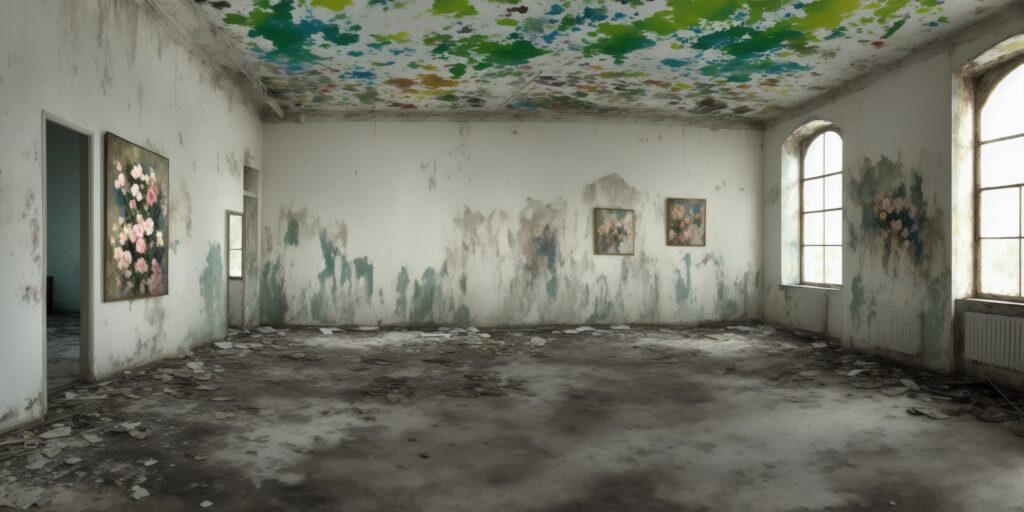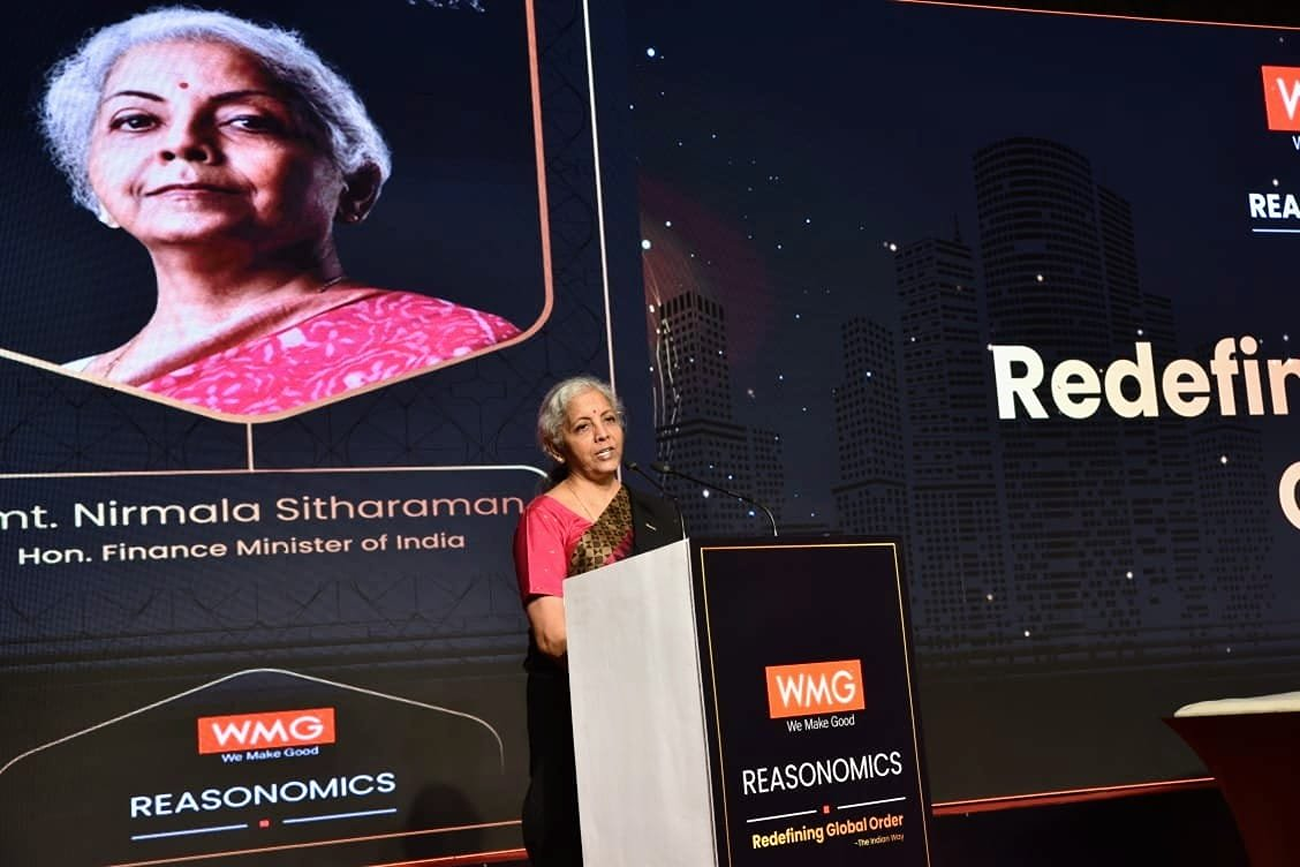NFT’s Struggle in the Face of Shifting Crypto Trends and High Gas Taxes | NFT CULTURE | NFT News | Web3 culture

Non-fungible tokens (NFTs) have taken the digital art world by storm, but are now struggling to maintain their position as the hype cycle shifts and gas fees increase on the Ethereum network. In this blog post, we will explore the reasons behind these challenges, who is most affected, and potential solutions for both artists and collectors.
Shifting crypto trends
Crypto markets are known for following trends, and this year has been no exception. We’ve seen the rise of farming NFTs on BLUR, the shift to Open Edition and burning mechanics on manifold, and a renewed focus on altcoins. The ease of creating ERC-20 contracts has moved history back to high-risk gambling for the crypto community. Consequently, the attention that was once focused on NFTs has waned, and artists are left to contend with these changing market dynamics.
High gas taxes and its impact
The influx of funds chasing altcoins and meme coins has made the Ethereum network incredibly expensive for NFT participants. Profile picture projects (PFP), Web3 Games and especially 1/1 artists are most affected. The constant emergence of memecoins and the competition among electricity users to get in quickly has led to skyrocketing gas fees that affect the entire network.
Artists are greatly affected by high gas taxes
An opportunity for artists to circumvent high gas taxes and the uncertainty surrounding NFTs is to work directly with collectors and facilitate private sales of art. If the art is already minted, the fees may be lower in this scenario, as long as there is trust between the artist and the collector. But adding an intermediary or escrow service negates much of the potential savings due to the extra transaction involved.
High gas fees on the Ethereum network have significantly affected artists and collectors alike. For artists, the cost of minting new NFTs has become prohibitively expensive. Settling auctions and transferring ownership of NFTs can also incur high fees, discouraging collectors from participating in auctions or purchasing artworks directly. This in turn could lead to reduced demand and lower prices for NFT art.
Fear, uncertainty and doubt (FUD) can further intensify the challenges artists and collectors face. As the hype surrounding NFTs subsides and crypto trends change, speculators may lose interest, causing the market for NFTs to contract. A decrease in demand can lead to lower prices, making it even more difficult for artists to recoup their initial investment in minting and marketing their artwork.
Working directly with collectors can help artists circumvent some of these challenges by establishing personal connections and building a loyal customer base. Artists can also use this approach to gain valuable feedback from collectors, helping them refine their work and better understand market preferences.
Furthermore, by engaging directly with collectors, artists can educate them about the value of their work beyond mere speculation and hype. This can help build a more sustainable market for NFT art, as collectors come to appreciate the artistic and intrinsic value of the pieces they acquire.
To mitigate the impact of high gas taxes and the challenges of R&D and speculation, artists can explore different strategies such as offering discounts for bulk purchases, providing exclusive access to future work, or bundling digital and physical goods as part of sales. By offering added value and creating a sense of community among their collectors, artists can better navigate the uncertainty and fluctuations of the NFT market.
Exploring alternative blockchains
The struggles of NFTs on the Ethereum network create an opportunity for alternative blockchains to gain traction. If enough talented artists start using other blockchains, it could give these networks a stronger foothold. Tezos, Polygon and other new blockchains are all fighting for a piece of the NFT market.
Tezos has become a trusted alternative blockchain for art and this could be their moment to shine and come out ahead in the battle for NFT dominance. Meanwhile, Polygon, an Ethereum-compatible scaling solution, offers a fast and low-cost alternative for mining and trading NFTs. The Polygon network has already attracted a number of artists and NFT platforms due to its compatibility with Ethereum and significantly reduced gas fees.
Other blockchains, such as Solana, are also making strides in the NFT space, offering artists various options when it comes to minting and trading their digital art. As artists explore these options, it is critical to weigh the pros and cons of each platform to determine which one best suits their needs.
Collaborate with other artists and brands
Another strategy for artists to gain exposure and overcome the challenges facing the NFT market is to collaborate with other artists or well-known brands. These collaborations can lead to unique and valuable digital artworks that attract collectors and media attention. Collaboration can also help artists learn from each other and expand their creative horizons, resulting in innovative and exciting artwork that stands out in the crowded NFT space.
The shift of the hype cycle and high gas fees on the Ethereum network have undoubtedly affected the NFT market, with artists bearing the brunt of these challenges. By working directly with collectors, considering alternative blockchains like Tezos and Polygon, leveraging AR/VR technologies, and collaborating with other artists or brands, artists and collectors can find ways to navigate these turbulent times. While the future of NFTs remains uncertain, the adaptability and ingenuity of the arts community will undoubtedly play a significant role in determining the way forward.
























